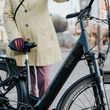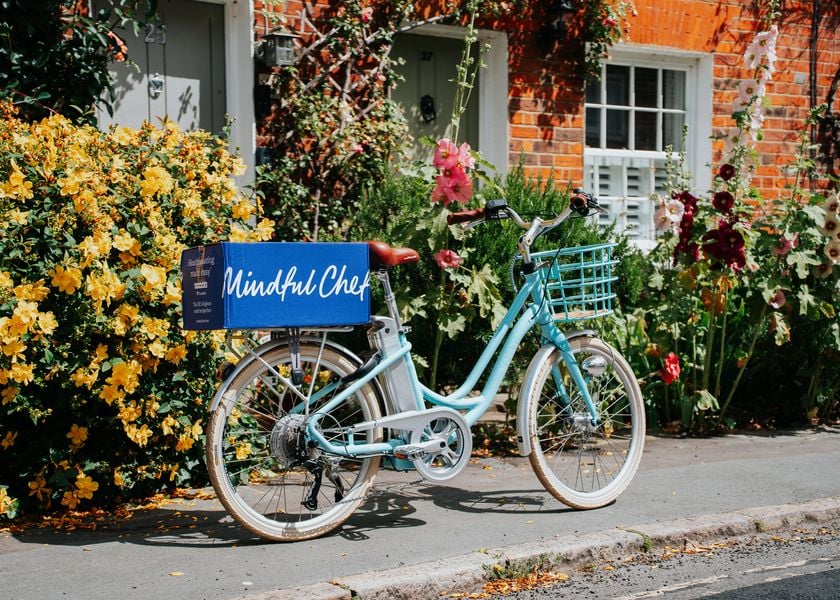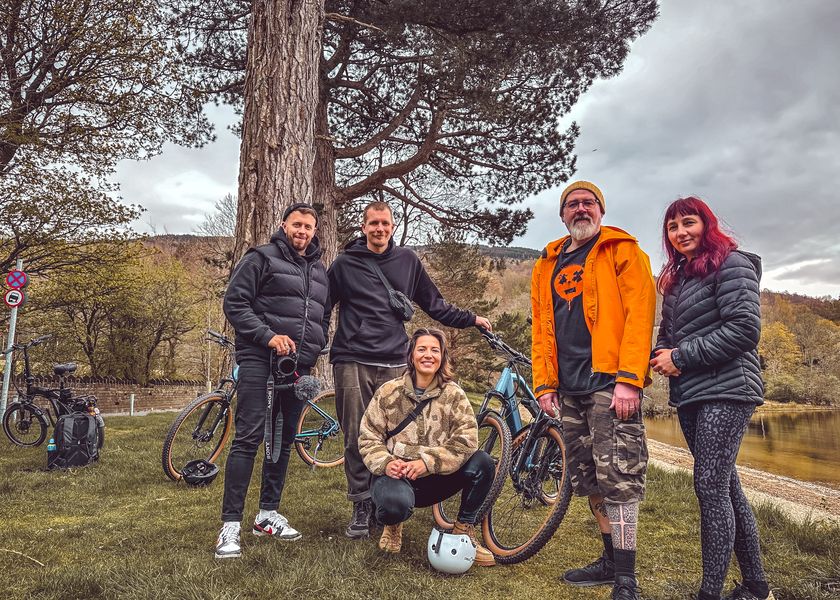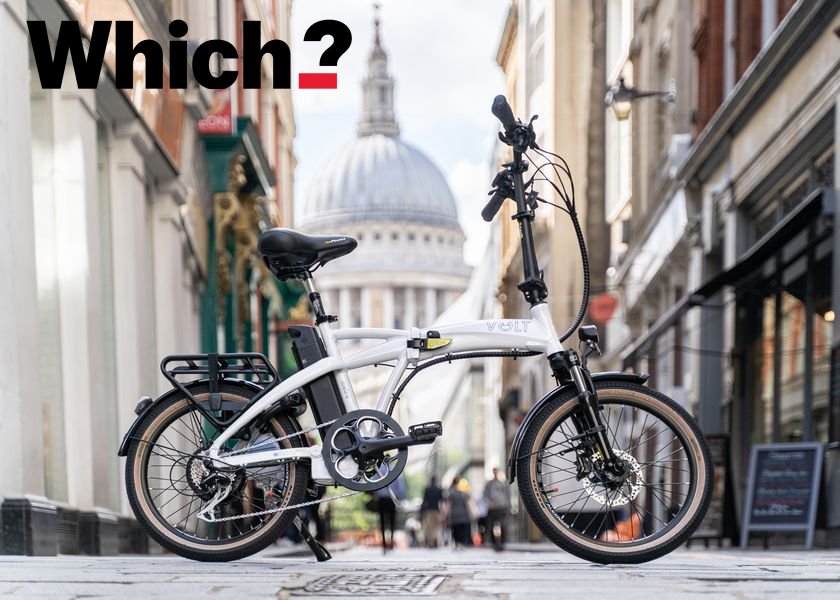BLOG healthy living Staying Safe on Two Wheels After Dark
This weekend marks the end of British Summer Time. That time of the year when an extra hour in bed is traded for an hour’s less daylight. From Sunday evening, homes across the UK will start turning their lights on from 4.30pm! 😮
Top 5 Tips on E-bike Safety in the Darker Colder Months
With fewer and fewer daylight hours and the global pandemic still causing disruption, it’s more important than ever to keep that brain and body as active as possible.
The country has seen swathes of people taking up two wheels over this unprecedented period. With many folk new or unfamiliar to their new mode of transport, some may feel a little nervous about cycling in the darker, colder months.
With that in mind, we’ve compiled five top tips for staying safe and feeling more confident out on the road…
- I can see clearly now – Get to know your routes in daylight. Whether it’s a pothole close to home or a turning that often catches drivers out. The more familiar you are with the route, the more perceptive you are to potential hazards. Cycling pre-planned routes in the lighter and quieter times, like Sunday mornings, can really help build up your knowledge and confidence of the route when in trickier conditions.
- Shine Bright Like a Diamond – What’s more noticeable, a cyclist in the daytime on a dull grey day in dark trousers, jacket and no cycle lights, or a rider at night in high visibility clothing, sporting several bike lights? There’s a danger that daytime cycling can give us a false sense of security. As the light diminishes we become more alert to the risks and take extra precautions. On that basis you could argue night cycling is safer than daytime! Nearly all Volt E-bikes come fitted with lights as standard and our complimentary goody bags with each e-bike purchase include a hi-vis Volt vest.
We would recommend using both lights and high visibility clothing when cycling in the daylight as you would in the evening. We would also recommend bright, reflective clothing and the purchasing of additional lights that can be clipped onto helmets or backpacks to increase your visibility.
- Tales of the Unexpected – From running red lights to driving the wrong way down a one-way street. Anyone who cycles regularly will no doubt have a handful of crazy stories of shocking road and roadside behaviour! Don’t let such stories put you off though.
“Expect the unexpected!” Assumptions and predicting driver (and other cyclists) behaviour can be dangerous. It is however useful to anticipate hazardous and unpredictable actions and assume that others may not have seen you. “Is that pedestrian about to step into the road?”, “Is this car about to turn left in front of me?”
Keeping alert and anticipating hazards can really help with a safer and more enjoyable journey. - Testing One, Two, Three – It’s important to check your brakes, tyres and chain before you make any journey on your cycle or e-bike. Sometimes it can be easy to ignore those little niggles you experience when riding. Like loosening brake pads or clunky gear changes. But the quicker you nip the small issues in the bud, the fewer problems you’ll experience in the long run. Ideally, you should be getting your cycle looked at professionally at least twice a year.
- Hope for the Best, Prepare for the Worst – The more prepared you are the less risks you’ll need to take. Clothing can play a big role on this point. For example, carrying/wearing practical cycling gloves will keep hands and fingers warm and more importantly responsive if and when a cold snap kicks in. Waterproofs that protect you from inclement weather means you can concentrate fully on the road ahead. Checking weather forecasts and avoiding treacherous conditions can also help you to be prepared. Just remember that forecasts aren’t always as accurate as we would like and it always pays to be prepared for all eventualities!
Popular Posts
E-bikes & UK Law
February 01, 2024
VOLT Bikes Powers COPE Ltd’s Eco-Friendly Commute Revolution
January 05, 2024
VOLT Electric Bikes – Winner at this year’s BikeBiz Awards
December 15, 2023





